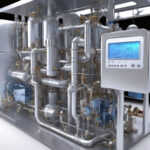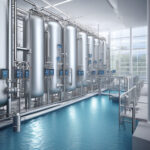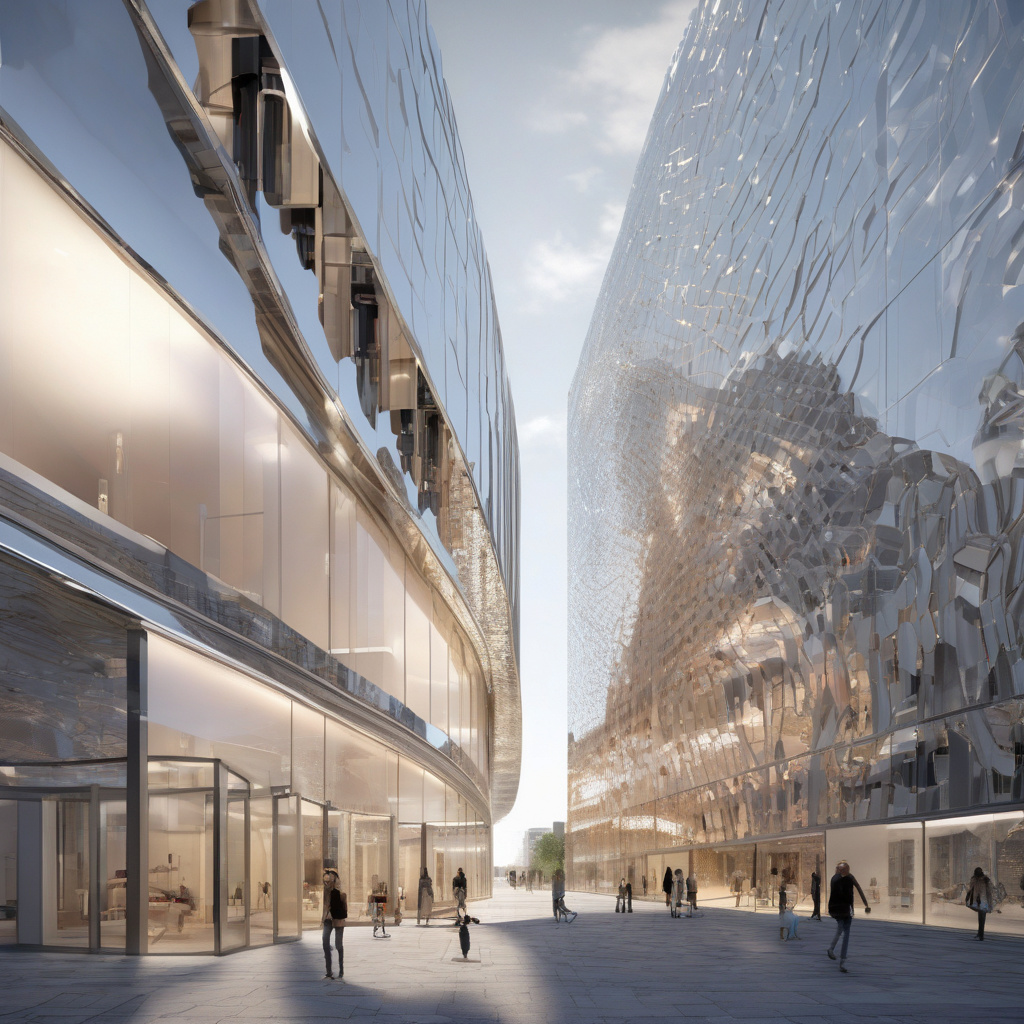Cooling buildings efficiently in scorching summer temperatures has always been a challenge, especially with the rising costs of electricity. However, a breakthrough in thermal coating technology in the United States is revolutionizing the way buildings are cooled, leading to a significant drop of 36°F in temperatures and subsequently slashing AC bills and power usage.
This innovative thermal coating is a game-changer for the construction industry, offering a sustainable solution to the perennial problem of high indoor temperatures. By applying this coating to the exterior of buildings, heat absorption is minimized, resulting in a substantial decrease in internal temperatures. This not only creates a more comfortable environment for occupants but also reduces the reliance on air conditioning systems, thereby cutting down on energy consumption.
The key to the effectiveness of this thermal coating lies in its advanced composition, which is designed to reflect a significant portion of the sun’s heat away from the building. By leveraging the principles of heat reflection and dissipation, this technology ensures that the interior spaces remain cool even in the hottest weather conditions. As a result, occupants can enjoy a comfortable indoor environment without the need for excessive air conditioning, leading to lower electricity bills and reduced carbon emissions.
One of the most remarkable aspects of this breakthrough thermal coating is its integration of artificial intelligence (AI) technology. Through the use of AI algorithms, the coating is able to adapt to changing environmental conditions in real-time, optimizing its performance based on factors such as outdoor temperature, sunlight intensity, and building occupancy. This dynamic responsiveness ensures maximum efficiency and effectiveness, making it a truly smart solution for sustainable building cooling.
In addition to its cooling benefits, this innovative thermal coating also offers long-term cost savings for building owners and managers. By reducing the load on air conditioning systems, the coating helps extend the lifespan of HVAC equipment and lowers maintenance costs. Furthermore, the energy savings achieved through reduced power usage translate into significant financial savings over time, making it a wise investment for any commercial or residential property.
The environmental impact of this breakthrough technology cannot be overstated. By promoting energy efficiency and reducing carbon emissions associated with air conditioning, the thermal coating contributes to a more sustainable built environment. As the global focus on climate change intensifies, solutions like this play a crucial role in mitigating the environmental impact of buildings and infrastructure.
In conclusion, the US thermal coating that cools buildings by 36°F represents a significant advancement in sustainable building technology. By harnessing the power of heat reflection, AI integration, and energy efficiency, this innovative solution offers a cost-effective and environmentally friendly way to combat rising temperatures and escalating energy costs. As more buildings adopt this cutting-edge technology, we can look forward to a cooler, greener, and more sustainable future.
energyefficiency, sustainabletechnology, buildingcooling, thermalcoating, AIintegration












